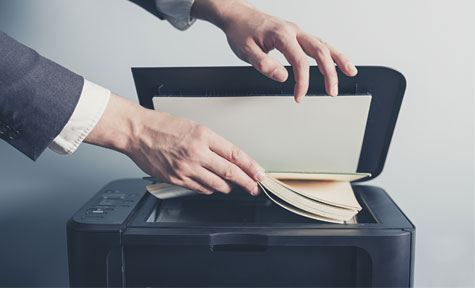A bankruptcy discharge is when a bankruptcy court issues an injunction protecting a debtor from their creditors, meaning no collections will be made on any debts. However, it’s not as simple as letting a debtor off the hook for all their financial obligations. There are exceptions. To understand the full breadth of what a bankruptcy discharge covers, seek legal counsel. Lincoln-Goldfinch Law can offer you legal counsel when you’re going through the bankruptcy process.
How a Bankruptcy Discharge Works
Usually, your debts are legal obligations stipulated in a contract or an arrangement of some kind. A bankruptcy discharge breaks this contract. No creditor can therefore claim their debts from you. There are different types of discharge under the Bankruptcy Code– a set of federal laws that govern all aspects of bankruptcy, whether for individuals or businesses.
The most common bankruptcy types include:
i)Chapter 7: For individuals seeking relief from their personal debts, this is the most common type of bankruptcy to file. Small business owners may use it too. Its primary aim is to “liquidate” the debtor’s assets to pay off debts. This means selling off some of the debtor’s assets to raise the money needed to pay off creditors. This only works for unsecured debts– debts for which the borrower has not put up any collateral to insure the loan repayment.
ii) Chapter 11: This type of bankruptcy mainly serves businesses. Its main aim is to reorganize a business’ debts by restructuring it in such a way that it is more manageable to pay off while keeping the business running. Many business owners prefer this kind of bankruptcy compared to the chapter 7 one. This is because it offers them a chance at profitability by enabling them to continue running their business while being in control of the bankruptcy process. Of course, all debt collections are also halted.
iii) Chapter 13: This type of bankruptcy is also known as the “wage earner” bankruptcy. It is ideal for individuals that have a steady source of income but are struggling to keep up with their debts.
These are the main types of bankruptcies that people file for. It’s crucial to remember that many individuals opt for Chapter 7 bankruptcy. This type of bankruptcy stays on an individual’s credit record for up to 10 years from the moment it’s approved.
Which Debts are Discharged?
The list of debts that are discharged by each type of bankruptcy mentioned is very long. Even after a court has approved bankruptcy discharge, it only lists the kind of debts from which an individual is not exempt.
The following are the types of debts that a bankruptcy discharge erases:
– Collection agency accounts
– Overdue utility bills
– Credit card debt including all overdue and late fees
-Medical bills
– Personal loans from acquaintances, family, or an employer
– Various car accident claims
– Missed rent payments or any such payments under any lease agreements
-Unpaid taxes and tax penalties
-Monetary judgments awarded by a court in a civil case
-Most attorney’s fees
-Business debts
-Repossession deficiency balances
As mentioned, it’s not simply a matter of applying for bankruptcy and expecting to get it approved. You’ll need to meet certain conditions. For example, a means test is a requirement for all those applying for Chapter 7 bankruptcy. This is an assessment of an individual’s or a business’s finances to determine if they qualify for government aid. Exceptions are made for those that make below the median income. Similarly, veterans and some members of the armed services who were injured in battle can receive dispensation as far as the means test goes.
It’s crucial to remember that fraudulent acts can lead to a dischargeable debt being converted into a nondischargeable one. Such fraudulent acts include providing false information while filling out the paperwork for bankruptcy, failure to disclose all your assets and income sources, etc.
For things like utilities, a provider cannot deny service to someone going through the bankruptcy process. However, they’re allowed to charge a reasonable amount in the form of a deposit that guarantees future payments.
Debts That a Bankruptcy Discharge Does Not Erase
All types of bankruptcies have their limitations. This means that there are certain debts for which the individual continues to remain responsible for. These include:
i) Support obligations, recent taxes, and other debts considered “priority” debts. These include things like child support and alimony.
ii) Car loans, mortgages, and other “secured” debts. A Chapter 7 bankruptcy wipes out car loans, mortgages, and secured debts. However, the individual has to either give up ownership of such properties or continue repaying the loan according to the initial terms. Otherwise, the lenders can repossess the property.
iii) Debts incurred through fraudulent or criminal means. A court can render such debts non-dischargeable. For example, if the debtor defrauded the creditor prior to filing for bankruptcy, the court will void any bankruptcy discharge on such a debt.
iv) Student loans.
All in all, a bankruptcy discharge can wipe the slate clean to a certain extent.































